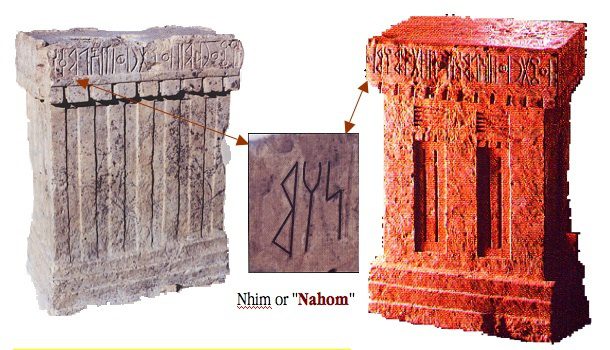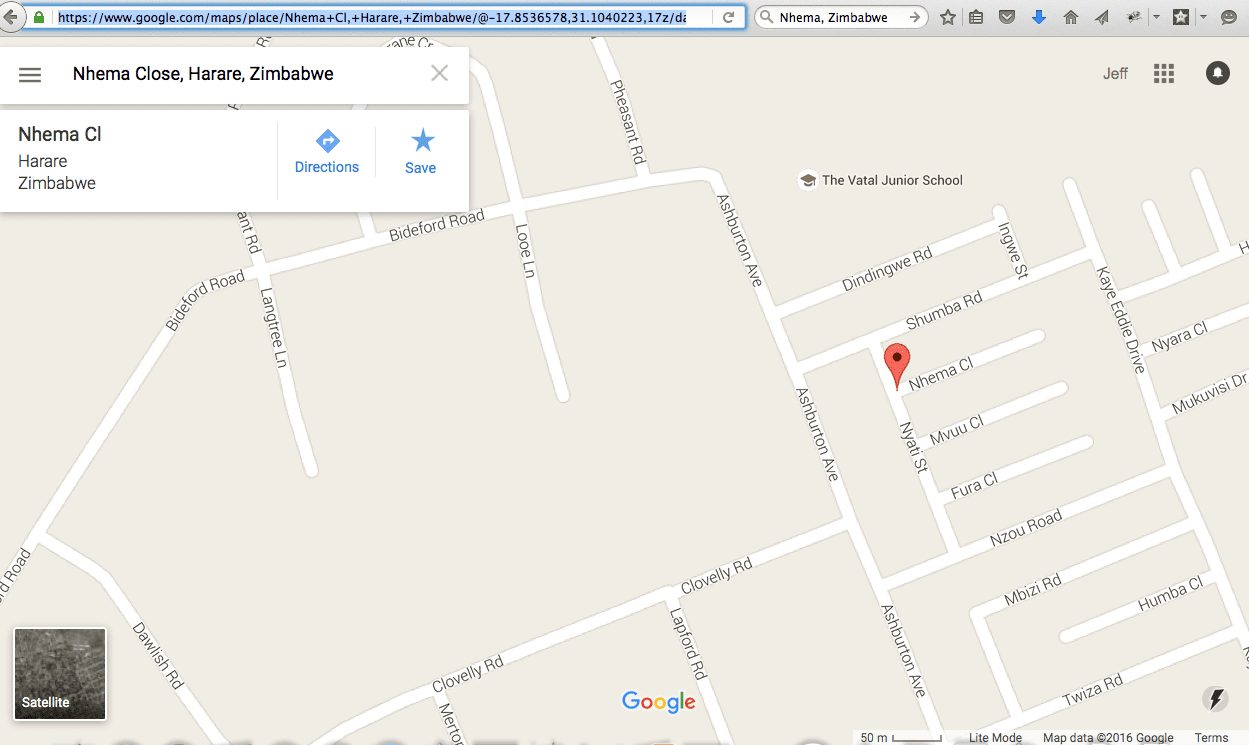Perhaps the most interesting single online document for reading about the growing evidences for Book of Mormon plausibility and authenticity from the Arabian Peninsula is a 2006 edition of the Journal of Book of Mormon Studies (vol. 15, no. 2), available at the Maxwell Institute with individual articles archived at Book of Mormon Central (prior link) or with the entire, large PDF available at ScholarsArchive.com. This edition of the journal includes articles and many photos from Warren Aston (whose monumental book, In the Footsteps of Lehi, remains my favorite single book related to Book of Mormon evidences), Kent Brown, Lynn Hilton, and other experts on the Arabian Peninsula issue. Look at the photos of the ancient altars confirming the existence of the ancient tribal name Nihm (akin to Nahom) in the region where there was an ancient burial place named Nehhem/Nahom, remarkably consistent with the Book of Mormon. Look at photos from a wonderful candidate for Bountiful, right where it is supposed to be, according to the Book of Mormon, and not according to our critics who long said such a place was impossible. Read the stories, ponder the insights they offer, and consider the growing evidences for Book of Mormon plausibility. Fun stuff. This is the best time ever to be a fan of the Book of Mormon.
Other related resources are discussed on my Book of Mormon Evidences page.












It's all very interesting, but it's just opinion. And even if it were official doctrine how do I trust everything presented will not one day be declared incorrect by the Church?
Since LDS General Authority has clearly established their prerogative to revise, update or completely change anything they deem necessary there can be no confidence in what we believe will one day be wrong.
An early example was the removal of section 101 from the 1835 edition of D&C and replacing it with the current Section 132. A total doctrinal 180!
This practice has continued as recently as 2013 with the rejection of prophetical doctrine concerning Blacks in the priesthood.
As explained by FAIRMORMON.org "If Joseph could receive the Doctrine and Covenants by revelation, then he could also receive revelation to improve, modify, revise, and expand his revelatory product."
http://en.fairmormon.org/Doctrine_and_Covenants/Textual_changes
There is no absolute truth if God's word changes
I wonder if annon #1 is preparing his animal sacrifices like God's words say we should…
This comment has been removed by a blog administrator.
Anon #1, this post is actually about the Arabian Peninsula. Your concerns about editors editing their writings should be taken to a different forum. A lot of people aren't comfortable with change, but editors often are and they've been doing it since the days of Jeremiah and beyond. But if that bothers you, again, this is not the right post to thread jack.
"not according to our critics who long said such a place was impossible."
Who are these critics? For century upon century that region has been making dhows, not just one city, but along the coast from Yemen to Oman, and using them even in the perusian gulf. I am personally fascinated that what I considered shrubbery can be lumbered.
http://en.wikipedia.org/wiki/Dhow
Regardless of the existence of dhows or not the BoM describe the whole event as miraculous and it seems it a little pointless item for a critic to inspect, kindaof like critising Noah.
Or is the truth that these "critics" are long standing strawmen?
I do not wish to give links to anti websites, but here is an excerpt from a popular critical site on the Book of Mormon that you can easily find if you wish:
They come to a place that they call Bountiful, "because of its much fruit and also wild honey." But the Arabian coastline does not abound in fruit or honey, and hasn't for many thousands of years. 17:5
"We did work timbers of curious workmanship." But where did Nephi get the lumber? There are very few trees in the Arabian desert. 18:1
That is as viewed in 2014. The "Bountiful does not exist in Arabia" argument has become much less popular in recent years, but it is still there. The ridiculousness of Bountiful and the River Laman were not negligible parts of the anti arsenal in the past. That is definiteky changing.
When you used the word “popular” I thought it was going to be a site I had actually heard of. I found two sites with the same text, though it is not clear who is copying who, or the same outfit at different sites.
Somewhere in the Google summary of the site was “Mormonism is not Science”, that made me chuckle, duh, it is a religion, not science. I was looking for a comment section at the site to ask if Noah and the flood are science, then I noticed at the top two little buttons for the Bible and Koran, where the same questions are posed of those works as are of the BoM. They are consistent in their critiques of all religious works, not just Mormons and they are right in many of their questions and observations.
That is they believe in the BoM more than you. In the margins of the text you quote from the website, they clearly document how the text of the BoM emphasizes the miraculous nature of the event. The lumber was not lumbered after the manner of men, was exceedingly fine, and accomplished in a few verses. I did not see the word impossible, but yes the text of the BoM emphasizes that the feat is impossible by natural means. But here are Mormon’s themselves pretending the BoM claims it was possible by natural means. Boggles the mind. To say there is a specific set of a dozen scientific and natural conditions that a proposed Nahom/Bountiful site must contain is to not believe in the BoM as the “popular critic” site documents. It reminds me of a Mormon book “Believing in Christ” (Robinson?) where a Mormon points out to his fellow Mormons (my summary) that their excessive Calvinism makes them less Christian.
So yes, it is a strawmen argument. The website does not say it impossible, the BoM DOES!!! And that is what the website documents and then concludes with the tautology that Mormonism is not science. Duh.
However, as I observed and to date is unrefuted, if one is to demand the feat is to be accomplished by natural means and graveyards exist everywhere people exist, altars are common, and ship building has been common all along the Yemen/Oman Coast, then all you have is a stone inscription that when tortured and stretched becomes Nahom. Mormanity’s own comments on statistical significance from leaves of grass to camorah/moroni point to the weakness (insignificance) of the argument.
Thomas Key's "A Biologist Looks at the Book of Mormon" is pretty widely cited and shared, even on some websites that you've surely heard of, in spite of its many serious problems, among which is this statement on Arabia:
Arabia is bountiful in sunshine, petroleum, sand, heat and fresh air, but certainly not in "much fruit and also wild honey", nor has it been since creation times.
Here's a scientist with access to modern knowledge making a sweeping statement denying the existence of Bountiful. He claims he has a Ph.D. (but then, don't they all?) .
I see, in addition to my analysis of the supposed statistical significance going unrefuted, my analysis of the first website is unrefuted as well.
Sighh .. am I to be compared to Key? Am I to be lumped into an equivalence class with him? He is rather inconsistent in his critiques of the BoM and not the Bible. He questions how bees lived in submarine barges, but does not question how Noah fit every animal on Earth into one ship. Or for that matter, magic could not keep the bees alive, but magical never-ending light emitting stones are OK. I understand you calling him “anti”, but why me?
You may be please to know that based on information provided to Key by his brother in the Air Force, Oman does indeed exist and Key has conceded: “this oasis would admittedly be the most likely candidate” – The Book Of Mormon (B.O.M) In The Light Of Science, Thomas D. S. Key, 27th edition 2005, page 22. I have added the link to the person requesting a reference on Wikipedia.
If Key is conceding the point on the plausibility of Bountiful, that would be a great demonstration of the openness to new data that is often discussed in science but not always practices. Thanks for sharing.